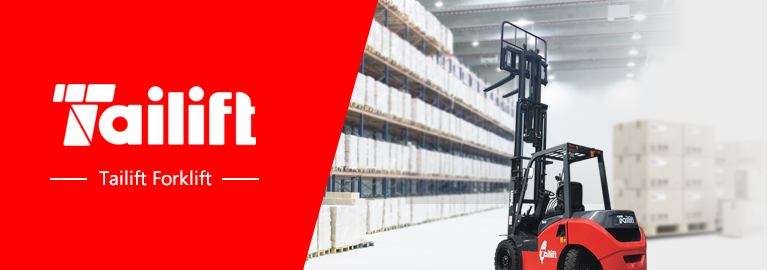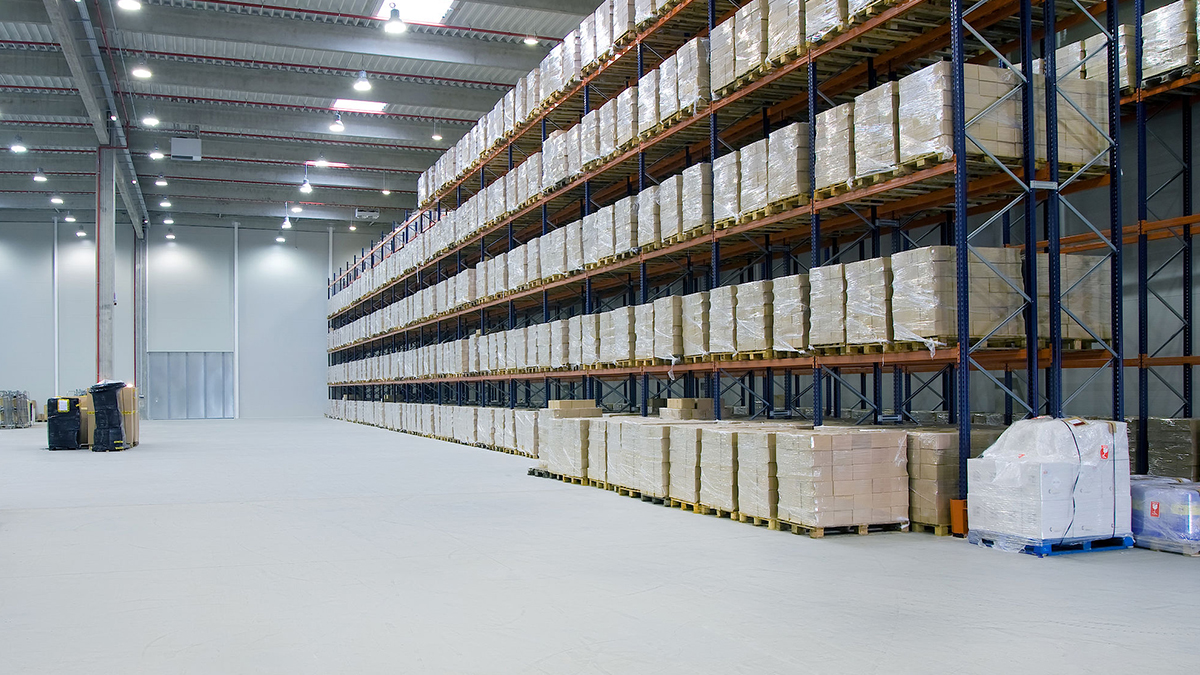Industrial automation has been a common trend in global industrial development. With the rapid development of technology and the complexity of product manufacturing, how to optimize the production efficiency of a factory through intelligent management and corresponding equipment supporting to achieve an intelligent factory and flexible manufacturing production is the latest direction in the development of the automation industry.
After the COVID-19 epidemic, not only has the end-consumer market's traffic through e-commerce orders increased sharply, but the upstream manufacturing industry has also begun to review whether the industry 2.0 era system was reasonable in the past. It is believed that a certain amount of safety stock should still be stored to respond to the impact of logistics disconnection caused by political and economic policies, global extreme climates or infectious diseases, or other market factors, and relevant software and hardware solutions need to be planned.
Material handling refers to activities carried out within the same premises with the main objective of changing the storage state and spatial location of materials. Material handling is very important to improve the efficiency of warehouse operations, and material handling also directly affects production efficiency. In a production-oriented enterprise, the logistics manager is usually responsible for the transportation and storage of goods, the storage of goods in the warehouse, the movement of goods from the storage location to the order sorting area, and the final arrival at the shipping area to be shipped out of the warehouse.
Due to the improvement of industrial production automation and the expansion of production scale, as well as the huge impact of material handling costs in the production process on profitability, enterprises are increasingly adopting large, efficient, and automated material handling machinery in production.
The material handling equipment manufacturing industry provides a variety of modern handling equipment for various industries in the national economy, major construction projects, and national defense security. The material handling equipment manufacturing industry has formed a comprehensive product range, a better technical system, and a huge group of enterprises, and has become an independent industry in the machinery industry, serving all walks of life in the national economy.
Logistics Equipment Combined with Smart Technology
Looking back at the era of Industry 2.0 driven by the automobile manufacturing industry, Internet and information communication products, and the era of Industry 3.0, until the intelligent elements needed to enter the era of Industry 4.0, in addition to the addition of the Internet of Things (IoT), robots, unmanned vehicle AGV/AMR, in addition to cloud technology, the most important essence lies in process improvement. Even big data analysis and artificial intelligence (AI)-related technologies can be used to drive all-round upgrades from warehousing, transportation, and distribution to achieve smart automated processes.
In response to the popularization of AI and IoT technologies, many companies have begun to integrate and improve the automation capabilities of their factories, without any time or space constraints, leaving physical stores almost without inventory. AGV unmanned transport vehicles and intelligent distribution systems can help improve warehousing efficiency, automatic retrieval/inventory processes, optimize orders, and then use them for last-mile transportation, allowing shopping, picking, and placing orders on demand.
Furthermore, through the Machine Learning algorithm, the optimization of cargo calculation route and quality control can be realized, natural language processing (NIP) can be used to speed up to date registration; the process of warehousing, sorting, and picking, and order confirmation can be optimized, and inventory waste can be reduced. If it can improve flexibility and deploy logistics after forecasting demand, it can also reduce the number, time, and energy consumption of effective freight, save a lot of costs in building an automatic storage system, and meet the diversified needs of the front-end.
Among them, the stacker for transporting equipment has not only been put into the automobile manufacturing industry in the industry 2.0 era but has even formed intelligent unmanned guided vehicles AGV, AMR, etc. towards the industry 4.0 era. According to statistics, the global annual demand for stackers is about 1 million units, growing at a rate of 10% every year, of which advanced industrial countries account for about 60%, and emerging countries such as China account for 40%. However, the annual demand for China's stacker market is about 20%. ~250,000 units, of which 80~90% are low-priced models that are only half the price of advanced countries.
What Is Smart Logistics?
Logistics is a process of managing how resources are acquired, stored, and transported to their final destinationcan. Smart logistics makes supply chains more effective and efficient at each step. Smart logistics brings end-to-end visibility and improves the way companies transport goods, control inventory and mobile assets, replenish stock, and manage the retail experience with all the connected devices in the supply chain and intelligent asset tracking tools.
AI and Smart Logistics Drive Smart Factory Transformation
Nowadays, most manufacturers are eager to introduce various technologies to drive the transformation of smart factories; and they specialize in all-around logistics solutions such as intelligent warehousing, high-speed sorting, and unmanned handling, and use AI and AR intelligent logistics systems to cut into wisdom factory layout.
According to a report, the global industry 4.0 market will continue to expand at a compound growth rate of 16.9% from 2019 to 2024 and is estimated to reach US$156.6 billion by 2024.
What is smart manufacturing? The essence is to predict. First, collect information on various production and logistics links through smart sensors, make good use of these big data, and then use AI and other smart analysis methods to predict the production system to optimize the process and production capacity. Automation does not mean achieving smart manufacturing; for example, regarding the maintenance of manufacturing equipment, in the past Industry 3.0 automation era, it was mainly based on manpower and experience. Entering the era of smart Industry 4.0, it emphasizes real-time status detection, abnormal alarms, and maintenance prediction. Relying on digital technologies such as IoT, big data, AI, and even the cloud, are completely different.
At present, most companies are facing many pain points, whether for engineering planning, technology application, or system integration, such as "how to change the bottleneck project?", "how to optimize processing time?", etc., but the biggest difficulty lies in how to achieve a flexible production model, reaching the realm that one batch can be done, forcing the existing production capacity to be optimized.
Regardless of the smart approach adopted by the factory, smart logistics is one of the key technologies. In recent years, an automatic warehousing system has been launched for "storage", which not only achieves the transportation of goods but also uses AI technology and integrates multi-layer shuttles and high-speed stackers to improve operating efficiency; launches AR visual logistics and high-speed sorting systems; launches unmanned Car handling system, automatic handling system, including the introduction of a new generation of advanced AGV products such as a new generation of two-dimensional barcode guided or synchronized positioning and map modeling (SLAM).
Logistics automation is the one key part of smart factory transformation. Logistics automation brings smart logistics and smart related logistics equipmen. With all other parts in smart manufacturing, factory is achieving the current trend of automation and data exchange in manufacturing technologies - so called Industry 4.0.

Referral Link





.jpg)









